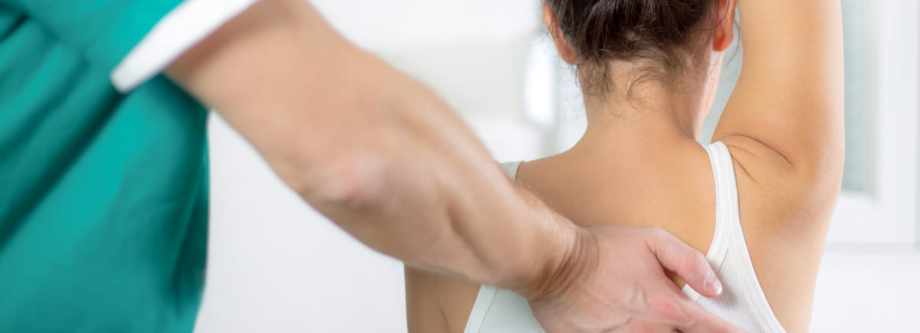
My advice for making your best recovery following a stroke
‘Use it or lose it’
In the weeks , months and even years following a stroke it is vital that you continue to use your affected limbs. This may be very hard and you may feel there is no point trying. However involving your affected limbs is vital to achieve any amount of recovery. Creating demand for the muscles to fire (ie using the limb in a functional way) will help your brain to rewire and create new pathways to help you regain appropriate activity within that limb
‘Create a sensation’
Sensory input ‘this can be touch, movement, and positioning’ plays a vital role in helping to maintain surviving pathways and also rewiring new ones. It is very easy to neglect your affected arm especially if it is very weak – Use positioning to ensure it does not ‘get left behind’ by placing your hand in a position such as on the chair arm or table infront of you. Use sensory input such as massage, stroking, brushing and sensory balls to maintain your brains awareness of the limb. When no sensort input is received from a limb ie a hand the brain starts to switch that area off this then becomes much harder to affect if and when Physiotherapy / Occupational therapy is implemented.
'Too much to bear'
Putting weight through the limbs helps to provide sensory input and create demand for muscle activity. Standing helps the body to access movement patterns and reflexes which are present from birth and is vital in maintaining muscle length and activity even in people not able to walk yet. When standing it is important to try to activate the affected leg. Having someone stand at your affected side can help you feel more secure. Use a long mirror to check how symmetrical you look can also help. If you usually use a walking stick to walk around spending sometime each day standing and working on your symmetry can help maintain activity and body awareness in the affected side. Standing can also be a good way to stretch tight calves, knees and hips.
Weight bearing over an affected arm can also help to increase activity in the upper limb and shoulder. It can also help to stretch tight soft tissues especially over the palm and wrist helping to prevent long term deformity in the hand.
‘Stand up and be counted’
Standing up has many health benefits. It can help to stretch and lengthen tight hips and calves and also help to activate core muscles in your spine and abdominals. Standing can help to maintain your ability to transfer from one position to another, reducing the need for help from equipment and carers.
‘Get in the professionals’
A specialist neurological physiotherapist can help you to achieve specific goals such as independent mobility, better transfers or doing stairs so you can sleep in your own bed again or return to your own home. NHS services are under immense pressure. Waiting lists are very long and that time spent waiting is precious in the weeks/ months following discharge. If left without physiotherapy input, deterioration can be quick to set in reducing your potential for recovery. Specialist neurological physiotherapy can help ensure this deterioration is minimised and your potential for recovery is maximised.
>>

